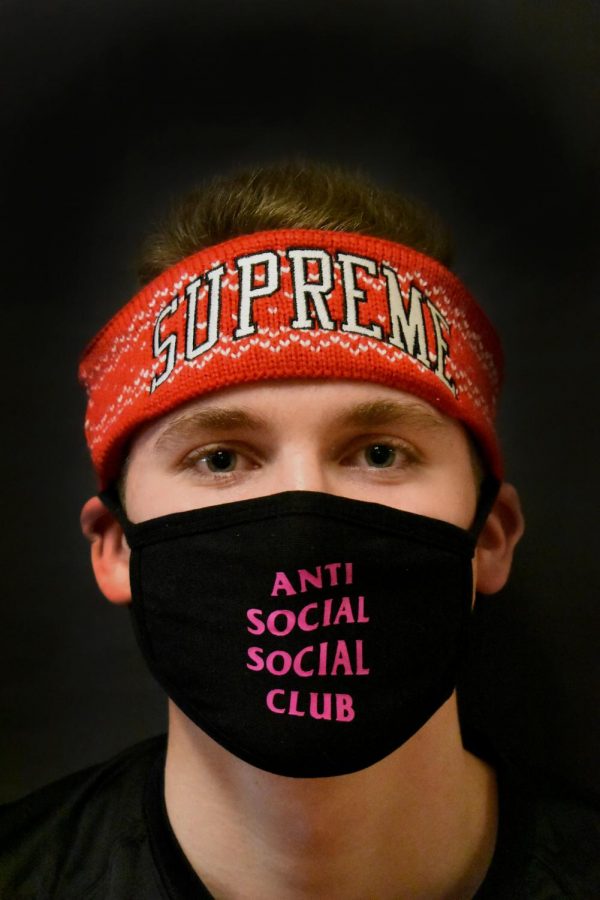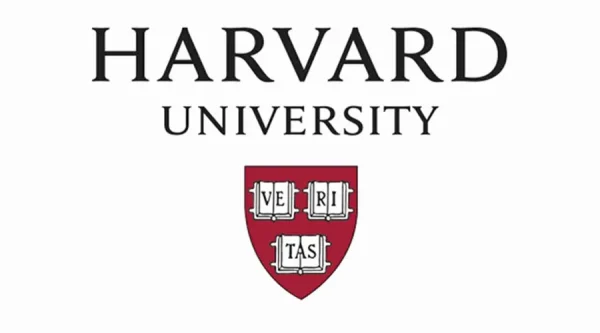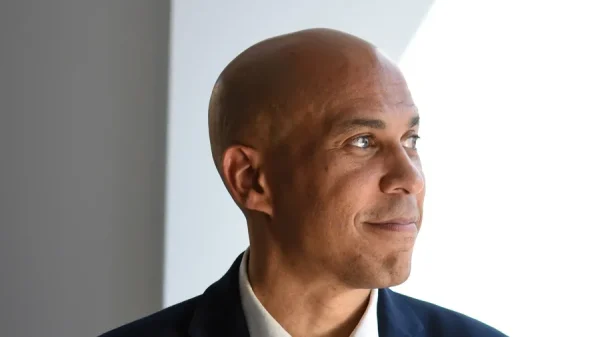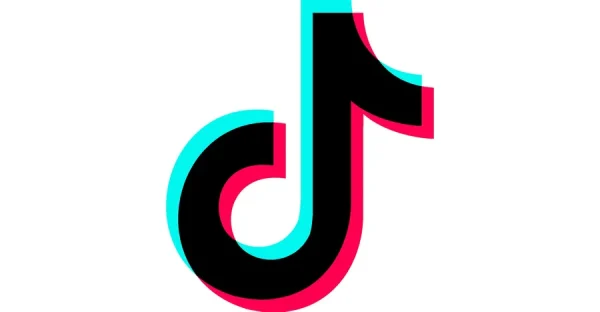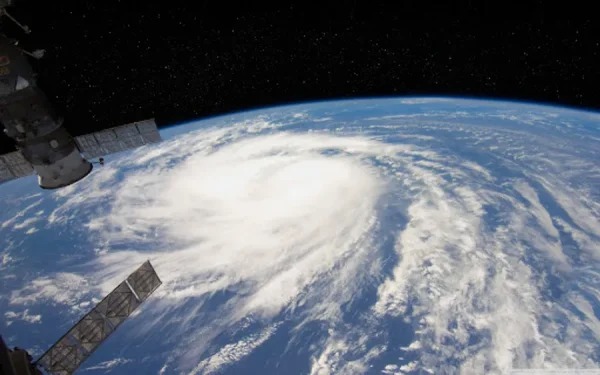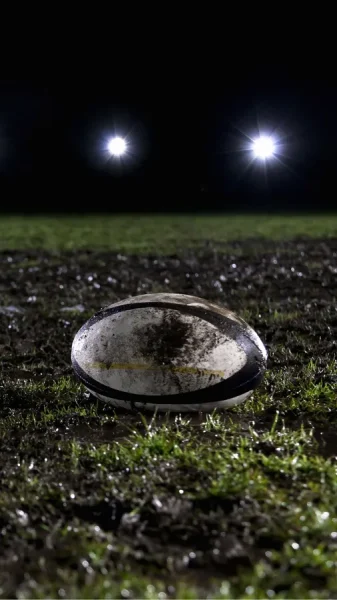The rise of streetwear culture
Streetwear brands like Supreme, Off-White, and Palace are referred to as “hype brands”, because they release small quantities of merchandise for high prices due to the exclusivity of the release. Specifically for Supreme, they have “drops” once a week for 19 weeks for each season- fall/winter and spring/summer. Supreme releases lookbooks- pictures of every item to be released that season- of the merchandise ahead of time, but items that are hyped the most sell out rapidly, as Supreme only allows one of any item to be ordered by a single credit card. The treatment of these brands as status symbols has lead to a “hypebeast” culture that students in Montgomery County, including students at Poolesville High school, have adopted into everyday life and vocabulary. Students wear the brands to school or post pictures online, displaying their high end clothing and the logo of well known brands to their pcxeers.
Sophomore Ian Yu first developed an interest in streetwear in middle school. For Yu, hype brands offer both business opportunity and fashionable clothing.
“I usually buy Supreme for reselling because of its popularity and I know I can easily profit from most of their items.” Yu said.
By buying items from Supreme directly, Yu can make money by reselling hyped items at a higher price. According to Yu, wearing notable streetwear brands adds a sense of self-confidence, which also contributes to why people buy hyped brands. For example, the retail price for the Formula Crewneck that dropped the first week of the Supreme spring/summer 19 season was $138, it’s reselling for $500 or more online.
“People enjoy buying hyped brands. The quality isn’t necessarily any better, but it’s that feeling of flexing the logo that makes people so inclined towards buying hyped things.” said Yu.
Supreme itself started out as a small skater store in Manhattan in 1994. However, in its 25 years Supreme has grown to be a company with a networth of $1 billion.
The brand, although large, maintains an aura of exclusivity as there are only 11 actual stores and the online merchandise sells out so quickly. The high prices and low availability of the items only furthers the hype surrounding the brand, as their merchandise has become more collectible than wearable. Supreme has turned its success into more opportunities by partnering with larger brands like Nike and North Face, and since the merchandise made from the collaborations are limited edition and hyped up by both brands, they sell for even more.
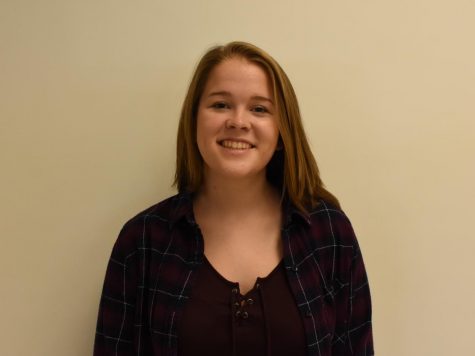
Megan Kelly is a senior in Humanities and this is her first year writing and photographing for the Poolesville Pulse. Megan plays soccer, tutors, and is...


